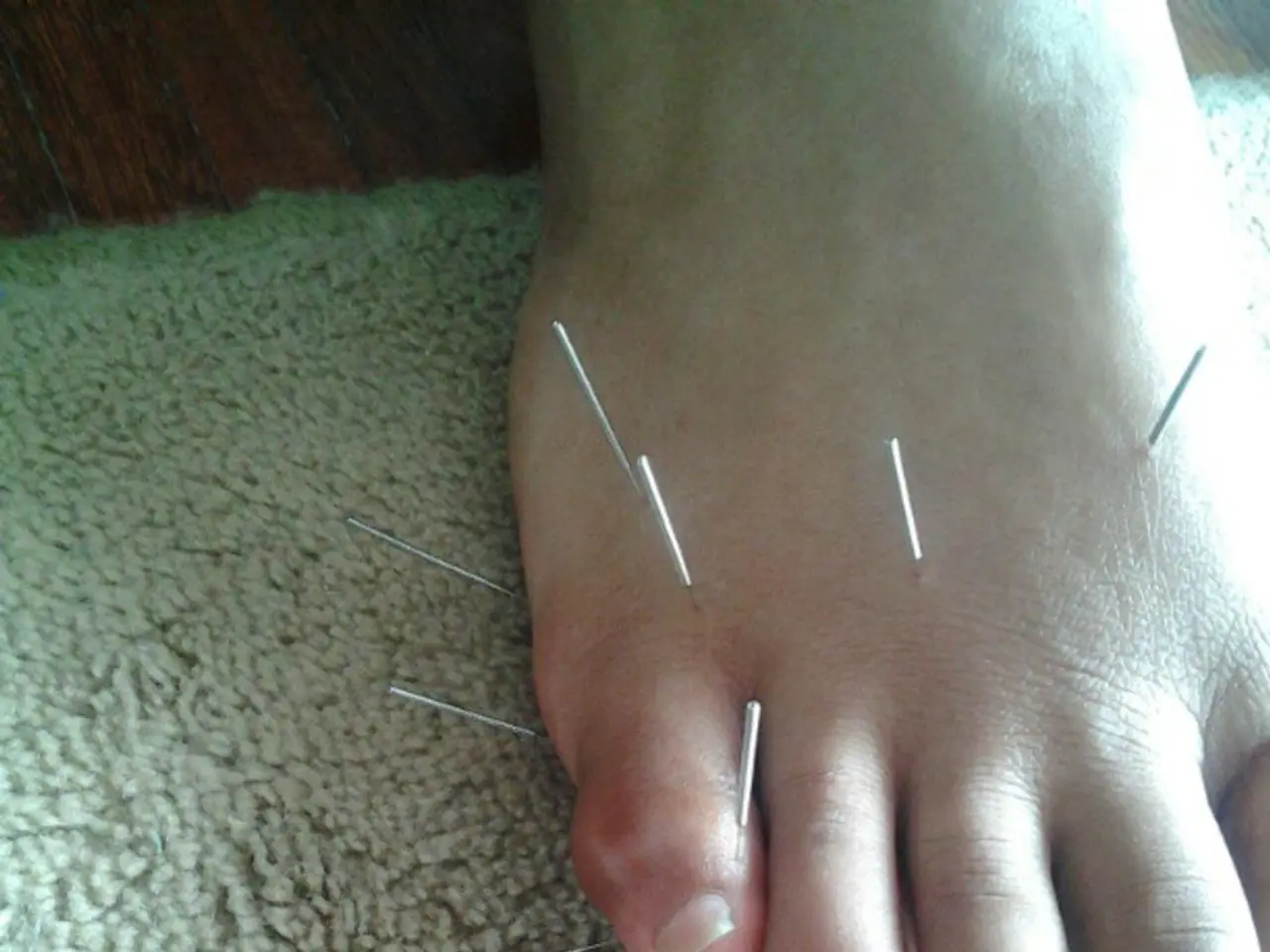Leg's Vascular System: Key Veins Ensure Blood Flow and Nutrient Delivery
The leg's circulatory system, a complex network of arteries and veins, ensures blood flow and nutrient delivery to muscles and tissues. Key vessels include the anterior tibial veins, which transport blood upwards, and the popliteal vein, which forms from the union of tibial veins at the knee.
Starting at the ankle, the anterior tibial veins run parallel to the anterior tibial artery, deep within the leg. They collect blood from superficial veins near the skin's surface, channeled through perforating veins. These veins join the dorsalis pedis vein in the ankle and foot, before meeting the posterior tibial veins at the back of the knee. Here, they unite to form the popliteal vein, which then turns into the femoral vein as it ascends the upper leg.
The popliteal artery, a branch of the femoral artery, supplies blood to the tibialis anterior muscles via the anterior tibial arteries. This arterial network, along with the venous system, has been extensively detailed in anatomy and surgery textbooks by numerous medical experts and institutions.
Understanding the leg's vascular system, with its intricate network of arteries and veins, is crucial for medical professionals. The anterior tibial veins play a vital role in blood circulation, working in tandem with other vessels to maintain healthy leg function.
Read also:
- Americans Lose Insurance Under New Tax Legislation, Affecting 10 Million Citizens
- Pro-Life Group Condemns FDA's Approval of Generic Abortion Drug
- Trump Signs Law Defunding Planned Parenthood, Threatening Healthcare Access for Millions
- Historian Ute Frevert Explores Germans' Emotional Bond With Constitutions







